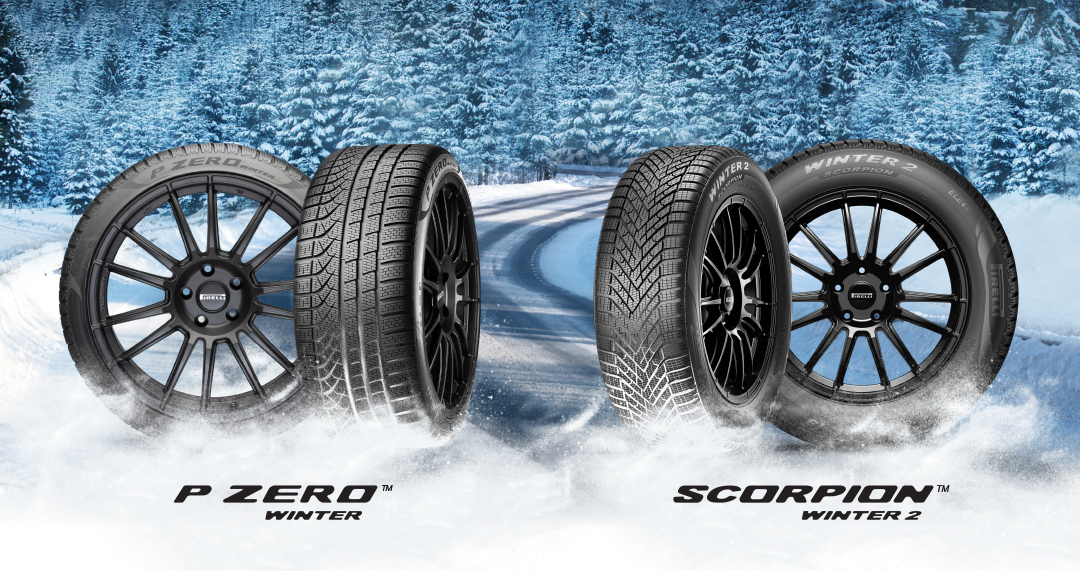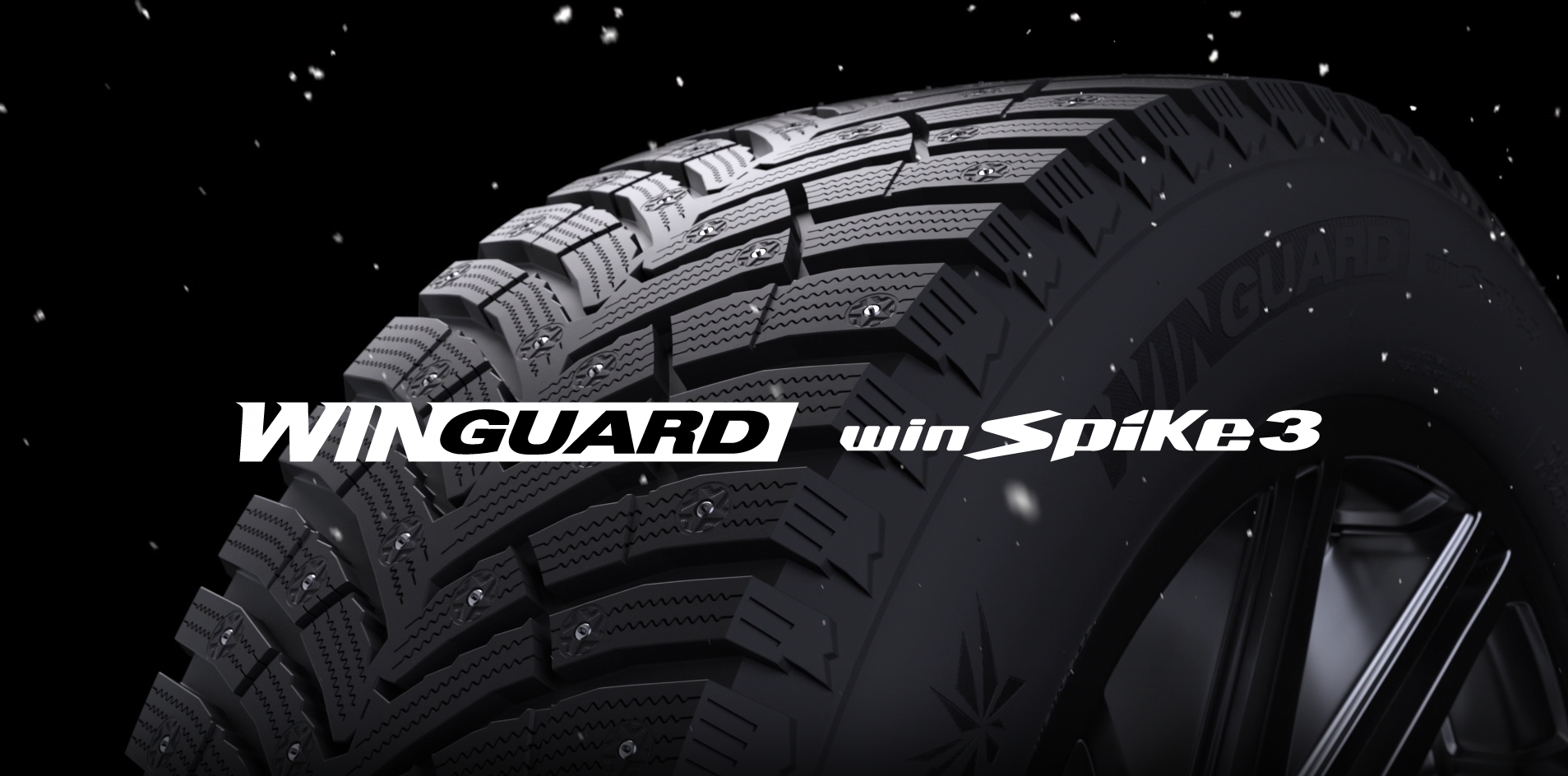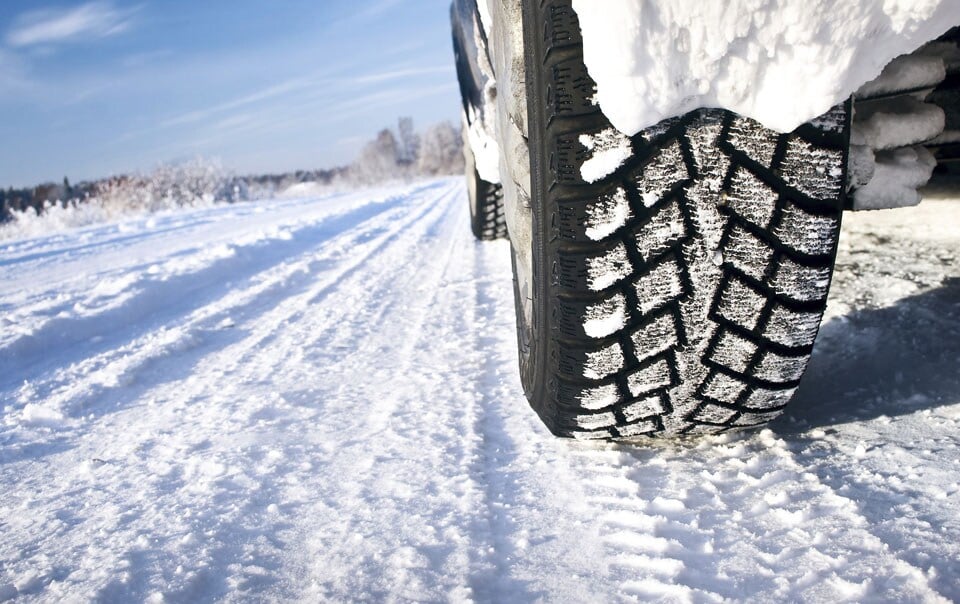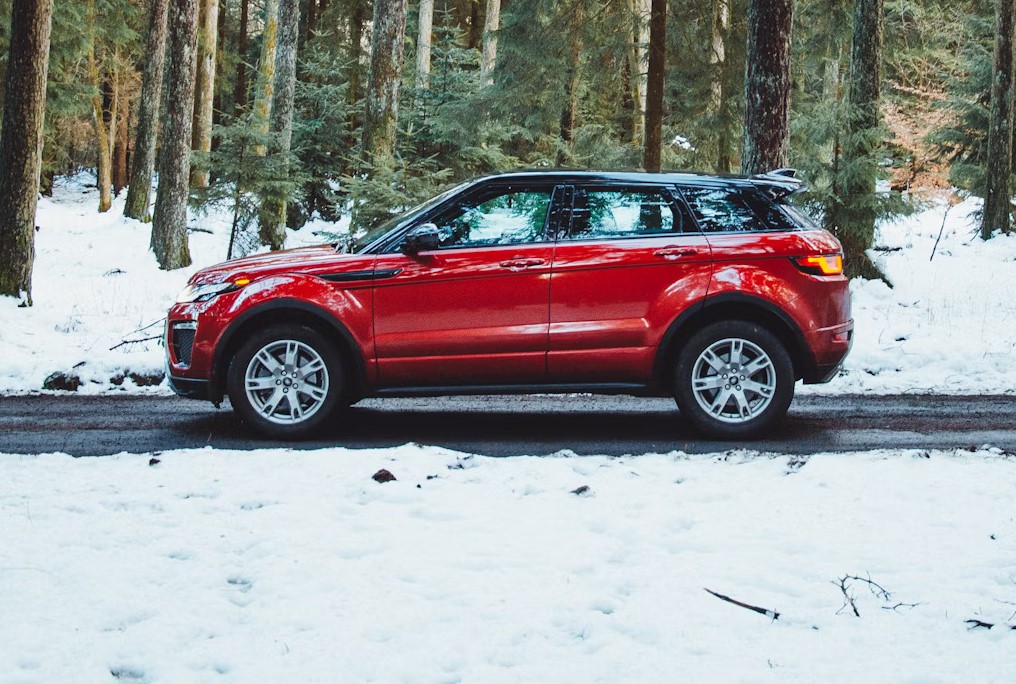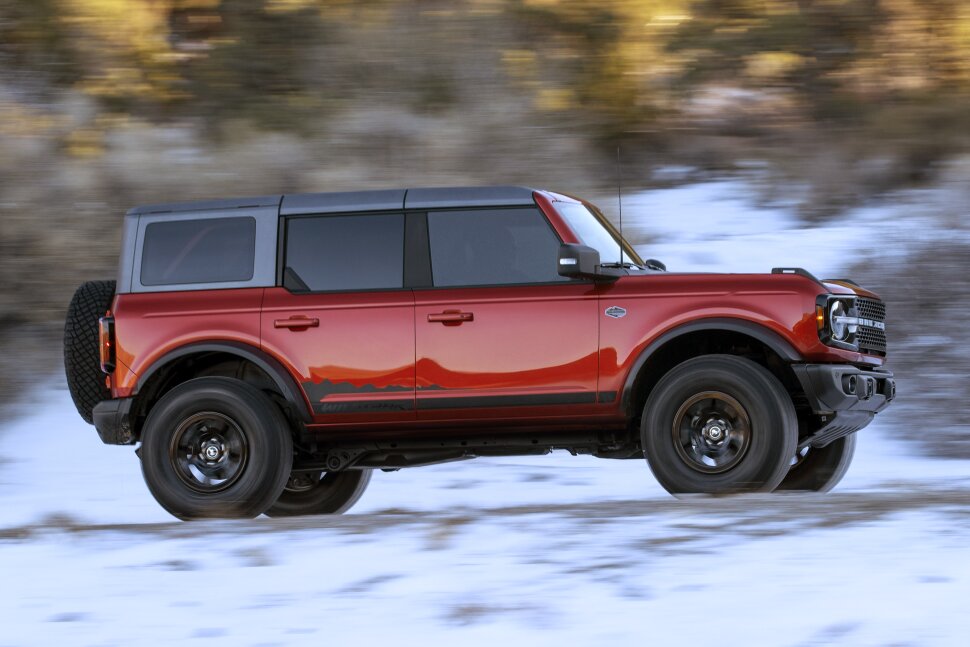Last Updated on September 18, 2024
Tires Myths Debunked: Separating Fact from Fiction for Better Tire Care
Cars and tires continue to evolve over the years – and with them, so have the Tire myths and misunderstandings surrounding them. Some are true, and some are not, but it is fascinating how some myths refuse to die and are inherited from one generation of drivers to the next.
Some myths are funny and false, but some can be very dangerous. Tire myths fall in that category, and messing with the tires is always wrong, even if you have good intentions. Here are the top 10 common tire myths debunked by tire experts. So, let’s dive into these Tire myths to avoid making expensive mistakes.
Tire Pressure Is Listed On The Sidewall
There are numerous markings on the tire’s sidewall, including the tire’s maximum pressure. The maximum pressure per square inch displayed on the sidewall is not the recommended tire pressure for your vehicle. The Recommended tire pressure is often displayed on the door jamb, gas cap cover, or the user manual. It also varies from vehicle to vehicle, type of tire, and use.
I Don’t Need Winter Tires I Drive An AWD Vehicle
Yes, you do. The AWD and 4×4 vehicles are noticeably more capable in harsh weather conditions than rear-wheel-drive or front-wheel-drive models. Still, they require all-season or winter tires to be usable and safe. When you disregard the weather and go out on your summer tires, your traction will be severely limited since the tire cannot grip the surface. You need a proper winter tire for your drive train to show its capability.
Rear Tires Are Not Important As The Front
You hear this often from the FWD drivers who think the front wheels do everything. Yes, they push the car, steer it, and handle most of the breaking, but this doesn’t mean that rear tires are only for show. Rear tires help stabilize the car under the braking and cornering. This is why the rear tires must be the proper size and type and have enough thread. If you disregard the rear tires, you’ll quickly discover that braking in rain or snow will result in oversteering which is very dangerous.
Old Tires Are Good As New If They Haven’t Been Used
This myth is very dangerous; no matter how often it is debunked, it still exists. When properly stored, modern car tires have a 6 to 10-year lifespan. It means that they are kept in dry storage and away from the sun or excessive heat. After that period, despite being unused, they should be discarded. The reason is simple: tire compounds are not as good after that amount of time, and if put on the car, they can develop cracks, blowouts, or complete failures, which can be very dangerous. Always check the DOT markings for the exact date of manufacturing.
All My Tires Needs To Be From The Same Brand
Not necessarily. The important thing is that the tires on the same axle are identical—the same brand, model, and dimension. But you can mix and match different brands between the axles as long as the same tires are on the same axle. However, most owners prefer to have all four from the same brand, which is fine.
Expensive Is Better
Some tires are the best in their class, expensive, and worth the investment. However, those are often high-performance or track-day rubber. In a world of standard car tires, moderately priced tires can sometimes be far better than expensive options, as our testing has shown. That is why it is recommended to read our reviews before buying a brand-new set. You can get a better product and still save a few bucks.
Wider Tire – Better Winter Traction
When you see a lifted SUV or truck with massive tires, you probably think that this guy has all the grip in the world, especially in snowy conditions. Although it looks super-capable, the truth is that to drive in snow, you will need as narrow a tire as you can get. It is because you want your tire to cut through the snow and connect with the surface underneath. Wide tires only work when the snow is very deep, but you will rarely encounter that in your everyday commute.
Modern Tires Don’t Need Alignment
Yes, they do. Regardless of what you hear, modern tires benefit from alignment, and you shouldn’t skip it when buying a new rubber set. Many tire shops offer it; and although it will take a few extra minutes, do it. It will help the suspension sit right and ensure that your tires are perfectly straight.
Tires Are Fine If There Is Thread On Them
Most myths are debunked by common sense or physics, but this one is debunked by law. Even though there is a visible thread on the tire, it doesn’t mean that it is safe to use. The legal limit for tire threads is 2/32 of an inch or 1.6 mm. The new tires have thread depths of about ¼ to 3/8th of an inch or 8 – 9 mm. We suggest changing the tires when the thread is below 3-4 mm.
Tires Wear At The Same Rate
Of course not. Tires wear depending on the location and use. In a front-wheel-drive car, the front tires will wear much more quickly than the front. In a rear-wheel-drive car, it will be the opposite. You would think that AWD or 4×4 would have equal wear, but even on those vehicles, the front tires (due to more braking force and steering) will wear out a bit more.
Conclusion
There you have it: ten common tire myths debunked. We know that not all drivers have extensive knowledge about the tires. But if you need clarification or something sounds sketchy, you can always visit our knowledge center or blog section and find answers. It is far better to ask than believe such myths and put yourself in danger.
-
Automotive Specialist





